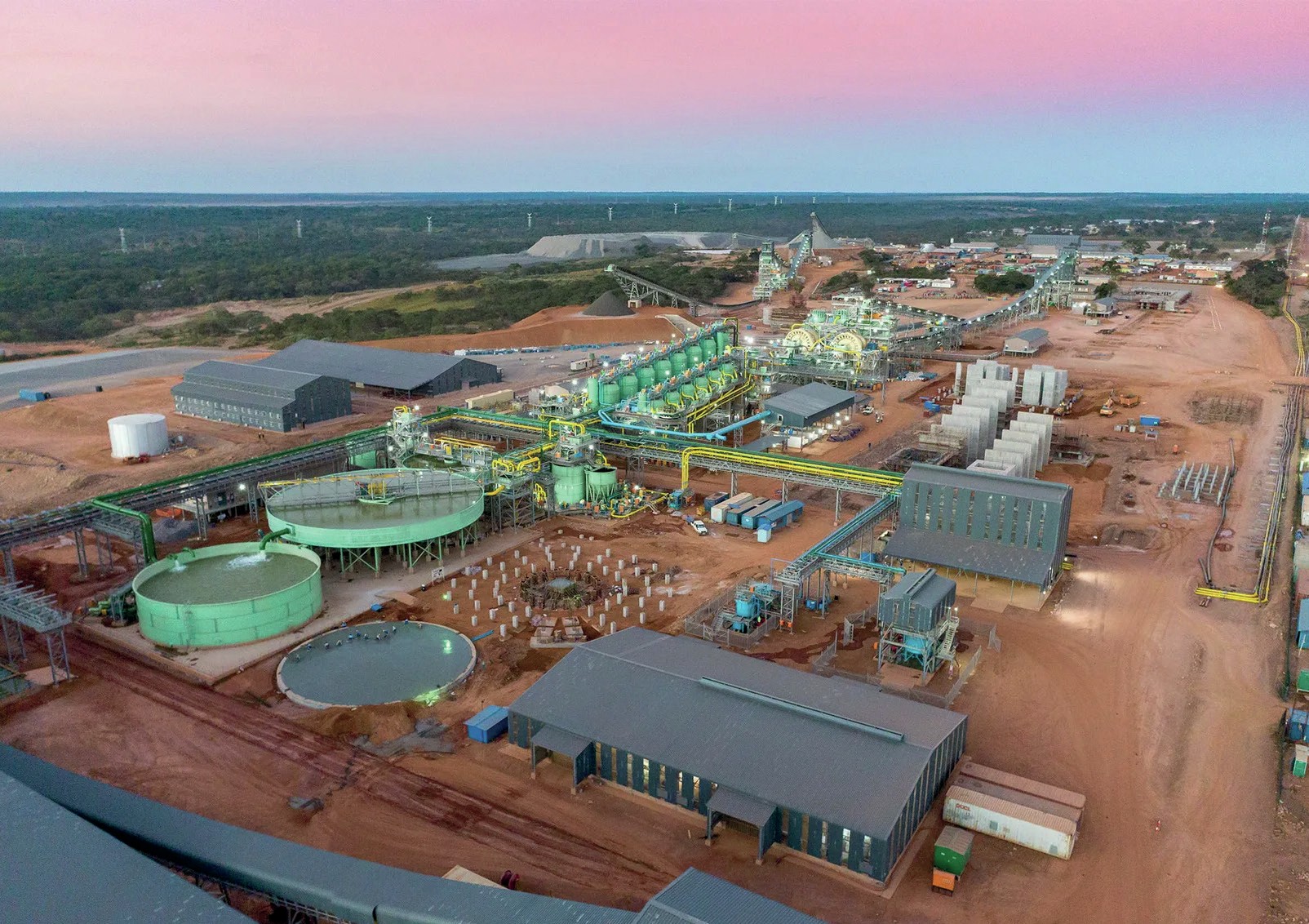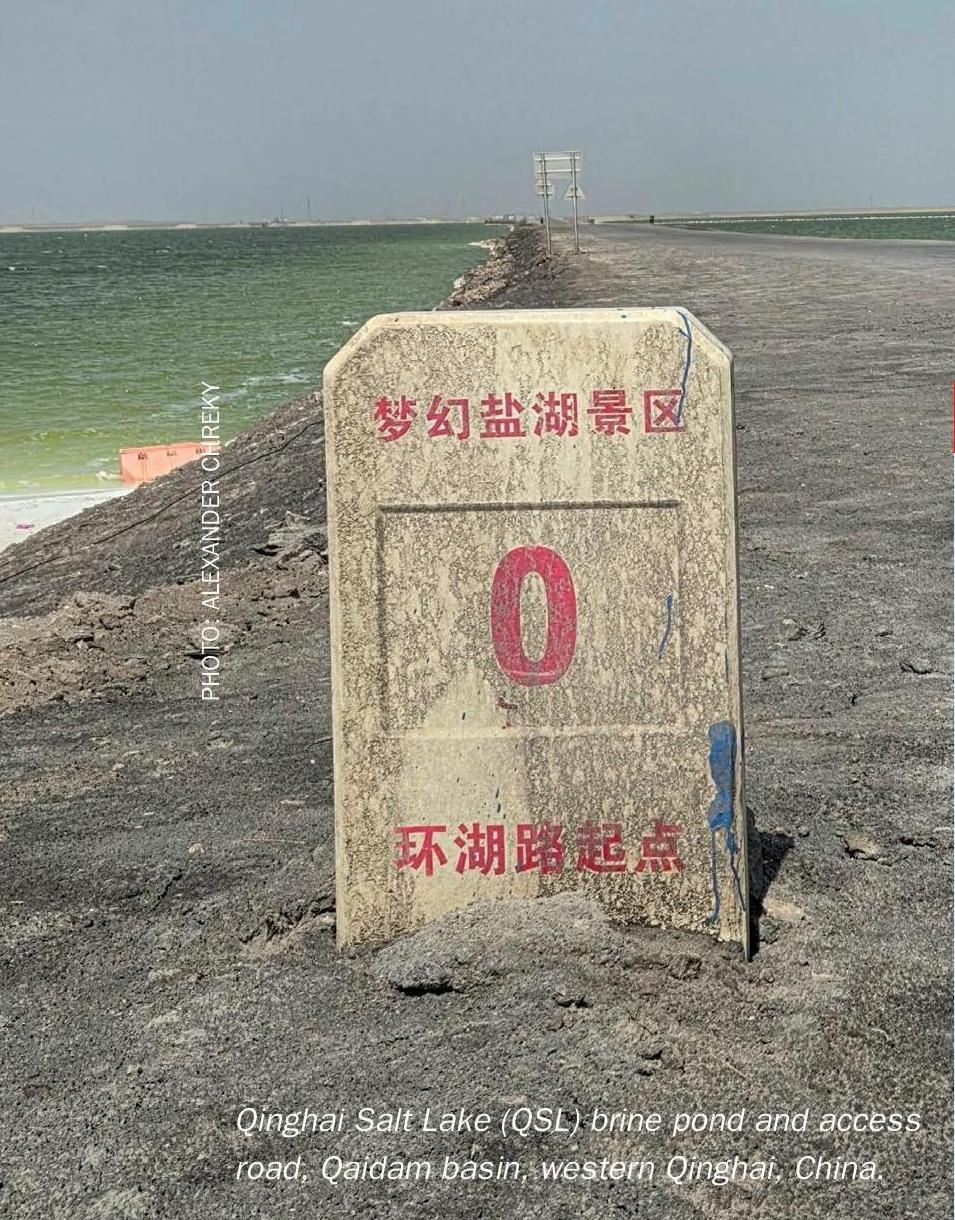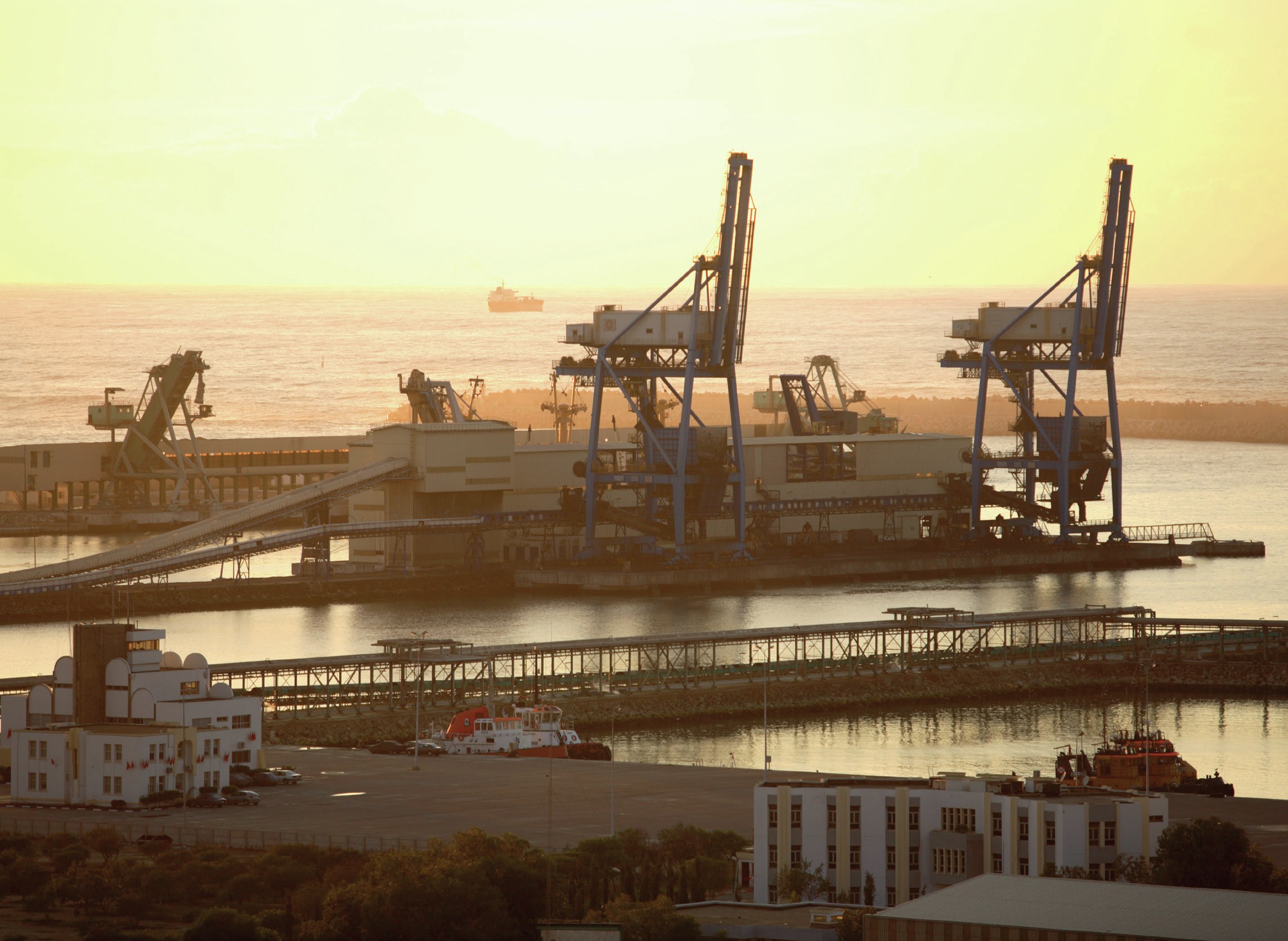Sulphur 388 May-Jun 2020
31 May 2020
Sulphuric Acid News Roundup
Sulphuric Acid News
INDONESIA
Worley wins acid plant contracts
Shell Global Solutions International BV (Shell) has awarded Worley two contracts for PT Pertamina EP Cepu’s (PEPC) new sulphuric acid plant in Indonesia. This plant is part of the Jambaran-Tiung Biru utilised gas field project for PEPC, which is a subsidiary of PT Pertamina-Indonesia’s state-owned energy company. Under the contracts, Worley will supply be supplying Chemetics’ cooled oxidation reactor (CORE) technology. This is the first time that CORE will be paired with Shell’s Cansolv SO2 capture technology. Worley gained the Chemetics technology as part of its Jacobs Energy, Chemicals and Resources acquisition last year. Cansolv controls the emissions and captures additional by-product value from the sulphur dioxide emitted from various refinery flue gas streams (such as cracking units, process heaters and boilers), sulphur plants and spent acid regeneration units. Sulphur dioxide can be recycled to the sulphur recovery unit to be produced as marketable sulphur or converted to sulphuric acid.
Worley has also been contracted directly by PT Environmate Technology International (ETI) for the design of the acid plant, as well as detailed engineering and the supply of key equipment and materials. The company will also provide technical services for building the plant, operator training, commissioning and testing.
“We are pleased to work with ETI and PEPC on this exciting project and look forward to supporting Indonesia as it continues to grow into the natural gas sector,” said Chris Ashton, Chief Executive Officer of Worley.
Work on alternative nickel leaching technique
An alternative method for processing mixed nickel-cobalt hydroxide is being developed by a team from the Bandung Institute of Technology, the Indonesian Institute of Sciences and the University of Queensland. Most existing process plants for nickel laterite ores use intermediate precipitation processes to recover the nickel and cobalt from the leach solution. The precipitation produces an intermediate product of nickel and cobalt, either as mixed sulphide precipitate (MSP) or mixed hydroxide precipitate (MHP), while largely separating nickel and cobalt from impurities such as manganese, calcium and magnesium. Mixed sulphite processes have a higher selectivity for nickel and cobalt over manganese and magnesium, resulting in a lower level of impurities compared with mixed hydroxide precipitation. However, the process is relatively expensive and complex because it requires the use of hydrogen sulphide gas at high temperatures and pressures.
The new method comprises a leaching step using sulphuric acid to dissolve the nickel and cobalt from mixed hydroxide precipitates, and subsequently, an oxidative precipitation step to separate the dissolved nickel from cobalt and manganese using ozone as the oxidant. Leaching experiments showed that 97% of the nickel and 96% of the cobalt can be dissolved,leaving 92% of the manganese in the residue, using 1 mol/l sulphuric acid solution at 25°C, a slurry density of 100 g/l and leaching duration of 2.5 hours.
EGYPT
Saipem to lead rail project for phosphate site
The El Wady for Phosphate Industries and Fertilizers Company (WAPHCO) says that it has selected a consortium led by Italian energy contractor Saipem as EPC contractor to build a cargo and passenger railway line to connect a phosphoric acid production site run by WAPHCO at Abu Tartour to the port of Safaga on the Red Sea. Other members of the consortium are Italian engineering group Salcef and Egyptian energy company El Sewedy Electric. The contract was agreed for an undisclosed sum, believed to be in the region of $500 million. The consortium will now agree a development plan with WAPHCO and the Egyptian National Railway company.
The rail line forms part of the Egyptian government’s wider Abu Tartour Plateau Development Plan, to tap into the region’s natural resources, and includes a railway line connecting the phosphate site in the New Valley Governorate to Safaga port on the Red Sea, as well as the development of tourism in the region more generally. In April the Egypian government approved the establishment of a free zone in the Abu Tartour Plateau to include the new sulphuric and phosphoric acid plants. The China State Construction Engineering Corporation (CSCEC) won the $850 million contract to build and operate the plants earlier this year, including a 500,000 t/a phosphoric acid plant and a 1.6 million t/a sulphuric acid unit. Abu Tartour holds up to 5 billion tonnes of phosphate rock reserves, according to WAPHCO.
CHINA
Acid prices continue to fall as smelters maintain operations
Although some sulphur and pyrite-based acid capacity has idled, China’s lead, copper and zinc smelters, expansions of which led to China becoming a net sulphuric acid exporter in 2019 to the tune of 2 million t/a, are continuing to operate, aiming to avoid costly shutdowns and stockpile metal for when restrictions are lifted. China’s refined copper cathode output rose 2.6% monthon-month to 665,000 tonnes in March, according to Antaike, with demand from downstream users recovering and higher treatment charges lifting operating rates. Although this is down 5.9% year on year, it is still leading to problems with selling of by-product acid, storage capacity for which is becoming very limited. Antaike said that it forecast April cathode production would rise to around 680,000 tonnes on recovering acid sales but said that virus-related disruption to concentrate shipments from overseas was expected to have an impact in May.
Jiangxi Copper, China’s biggest producer, says that it will actually produce 6% more refined metal in 2020 (1.65 million t/a) compared to 2019, although it did caution that if the Covid-19 outbreak was not controlled “quickly and effectively” in the rest of the world, then a global financial crisis and economic recession would greatly impact upon copper demand.
UNITED STATES
Chemtrade suspends earnings guidance due to pandemic
Chemtrade Logistics Income Fund has announced that its operations have not been significantly impacted by Covid-19 in the first quarter, but due to the prevailing general economic uncertainty resulting from the Covid-19 pandemic, the company has suspended its 2020 earnings guidance. Chemtrade runs a diversified business, offering industrial chemicals and services in North America and around the world. It is also one of the largest suppliers of sulphuric acid, spent acid processing services, inorganic coagulants for water treatment, sodium chlorate, sodium nitrite, sodium hydrosulphite and phosphorus pentasulphide in North America. The company says that it has postponed its major plant turnarounds such as the planned second-quarter turnaround at its North Vancouver chloralkali facility until later in the year.
Chemtrade Logistics Income Fund president and CEO Mark Davis said: “The global economy has become increasingly uncertain with reduced visibility into the future. It has become apparent that this uncertainty will continue for some time. Accordingly, it is now prudent to suspend our previously issued 2020 Guidance. As noted, our first quarter operations were not materially affected by Covid-19. While we expect demand for many of our products to be unaffected by the virus, for example, our water treatment chemicals sold to municipalities, other segments are likely to experience decreased demand at least in the second quarter, for example, the regen services we provide to oil refineries. The recent decline in the value of the Canadian dollar relative to the US dollar is, however, materially beneficial to our guidance assumption.”
SOUTH AFRICA
Foskor says it will continue with operations during lockdown
Phosphates and phosphoric acid producer Foskor says that, contrary to previous press reports indicating that it would not be operating during South Africa’s Covid-19 lockdown period, it will continue with mining activities in Phalaborwa and its processing operations in Richards Bay, as it is considered by the government as an “essential service” in providing products to the agriculture and food sectors in South Africa.
AUSTRALIA
Rare earth leach project completing pre-FEED stage
Arafura Resources Ltd says that it is progressing towards commercialising its Nolans Neodymium-Praseodymium (NdPr) Project in Australia’s Northern Territory. Although Covid-19 restrictions have postponed the signing off on an agreement with indigenous groups who hold native title rights over the project area, the company says that progress has continued with Hatch on the pre-front end engineering and design (FEED) activities aimed at finalising overall project requirements in preparation for the early contractor involvement phase. Pre-FEED activities are expected to be completed in 2Q 2020, and the project will progress to the tendering of key contracts, including for the beneficiation plant, hydrometallurgical plant and sulphuric acid plant. The company says that it also continues to liaise with partners over securing offtake agreements.
Nyrstar to be prosecuted over alleged acid leak
South Australia’s Environment Protection Authority (EPA) says that it will prosecute Belgian-based Nyrstar Port Pirie Pty Ltd in the Environment, Resources and Development (ERD) Court for “discharging, or failing to prevent the discharge of, about 700 litres of sulphuric acid” from Nyrstar’s Port Pirie smelter near Adelaide in South Australia. The acid was allegedly discharged in early 2019.
Nyrstar did not comment on the case except to confirm that it had received a summons in relation to it. Following the incident in 2019 it told Australia’s ABV News that it had occurred following the failure of a valve and ultimately resulted in a discharge into the water course, but that no persisting environmental impact was observed. The company also said that it has subsequently implemented new processes and alarms.
DEMOCRATIC REPUBLIC OF CONGO
Katanga postpones acid plant commissioning
Katanga Mining says that owing to the Covid-19 pandemic, the commissioning of its new sulphuric acid plant at its 75%owned subsidiary Kamoto Copper Company (KCC) will be postponed from 2Q 2020 into the second half of the year, as a result of being unable to get the necessary commissioning experts to the site. However, the company says it has secured an agreement with state-owned Gecamines, which owns the remaining 25% holding in KCC for the purchase of $250 million of land adjacent to existing mining concessions for construction of a new long-term tailings facility and the possible exploitation of additional resources that would enhance KCC’s ability to more efficiently operate its mines and facilities and fulfil other key infrastructure requirements, although final payments are being held up by a government investigation into certain Gecamines executives.
The acid plant is designed to produce 1,900 t/d of sulphuric acid for copper leaching at the site, 200 t/d of sulphur dioxide and a net 17 MW of co-generated power.






